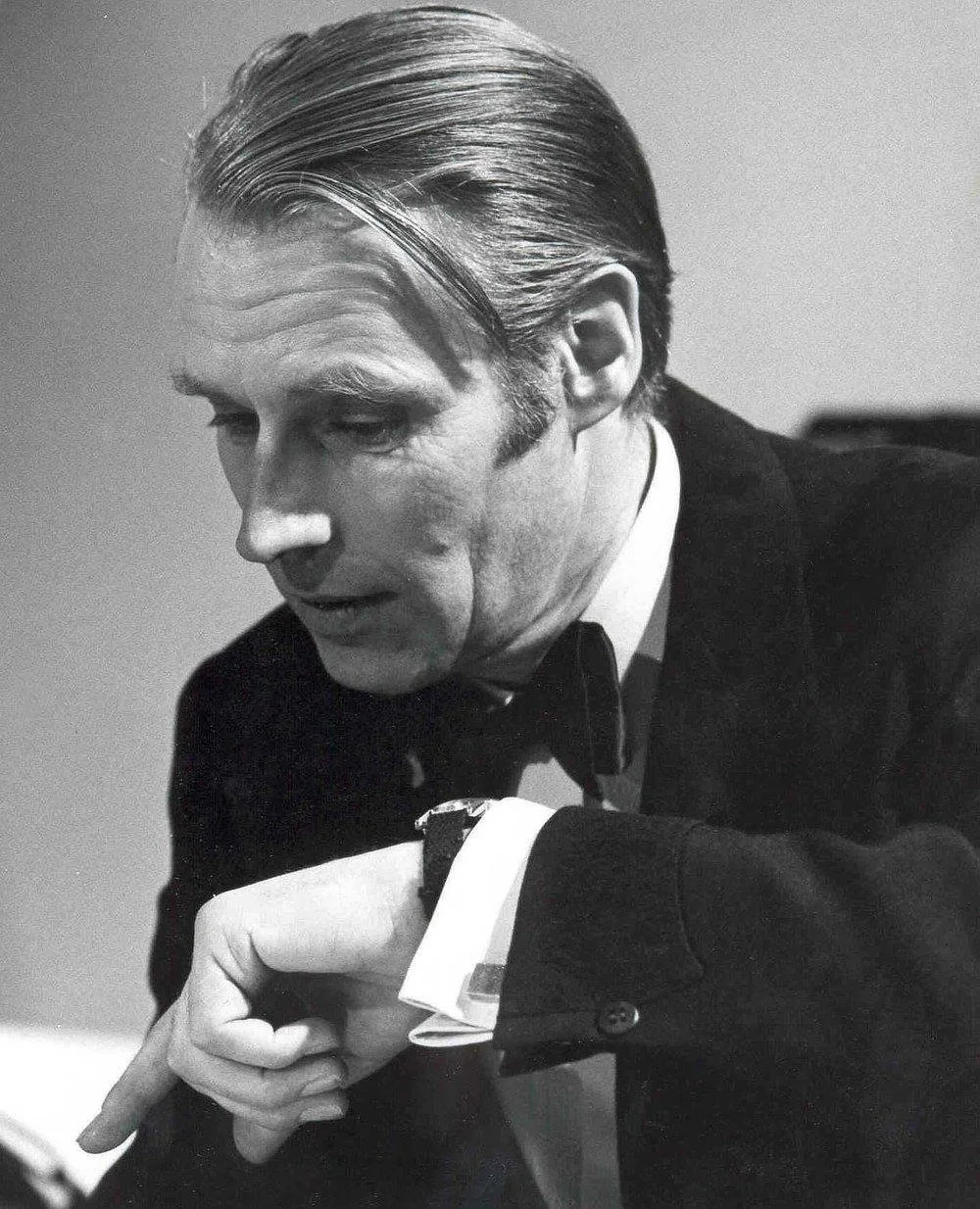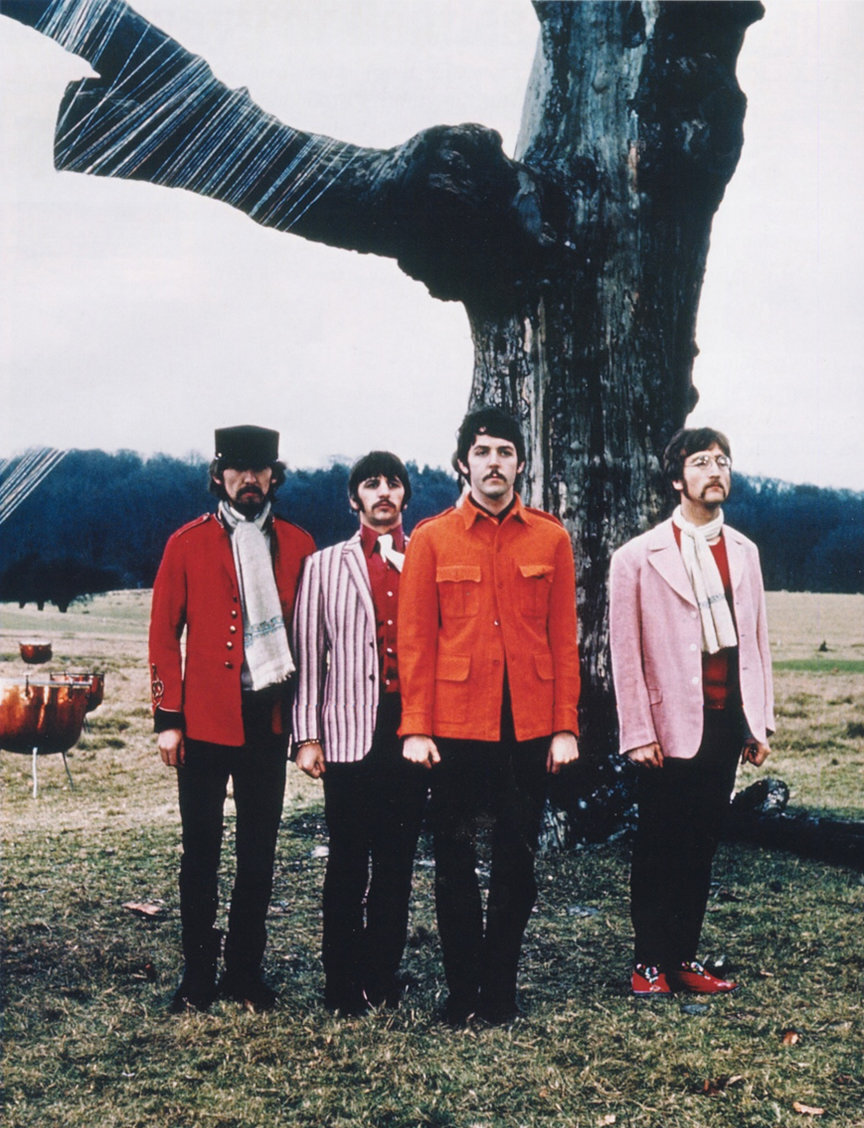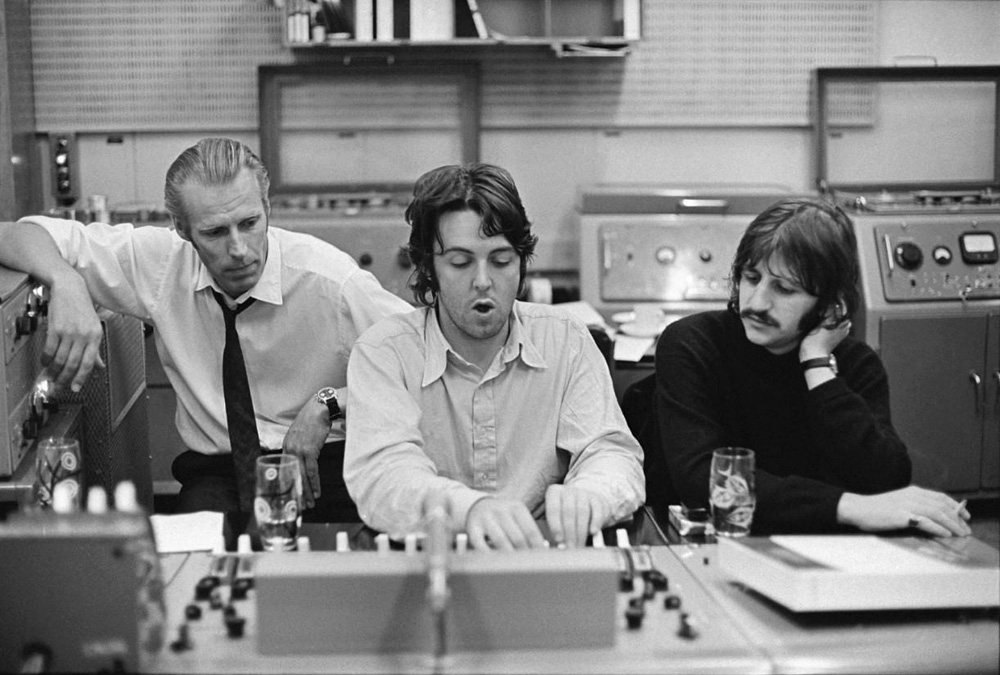Discover Producing The Beatles
Producing The Beatles

18 Episodes
Reverse
Beatle author Ken Womack and Ranking the Beatles host Jonathan Pretus join me to discuss the tech that made the Beatles’ new single “Now and Then” possible. And from John's haunting vocal to Giles Martin's stirring string arrangement, we peel back the layers of the production and consider Paul's nearly 30 year mission to complete John's demo.
A little extra mini-episode examining George Martin’s orchestration for “Live and Let Die,” with a recreation of part of the arrangement.
In our penultimate Season 1 bonus episode, we examine another solo recording, this time Paul McCartney’s thrilling theme song for the 1973 James Bond film, Live and Let Die. I’m joined by Allan Kozinn, co-author of The McCartney Legacy Volume 1, who takes us through all the details of the writing and recording process. We also learn how Paul debuted the song before the film’s release, we walk through George Martin’s Grammy-winning arrangement, and we consider Martin’s droll story about the film’s producer, as well as what Martin left out of that story.
In the second episode looking at the making of All Things Must Pass, we explore the recording of the largest production on the album. We hear from participants at the sessions, listen to outtakes and isolations, peek into Mal Evans’ diaries, and sample a reconstruction of the song’s epic orchestral score.
Today, the first of two episodes exploring the production of George Harrison’s first solo album, All Things Must Pass, with new research and interviews drawn from the book Ken Womack and I wrote on the making of the album. In this episode, we cover the intricate and painstaking production of “My Sweet Lord.” We explode the myth of Phil Spector’s contributions, speak to a number of people who were there, and get an exclusive sneak preview of the contents of Mal Evans’ diary entries about these sessions, courtesy Ken Womack.
In the first bonus episode for Season 1, we step outside of our regular format and take a peek into solo Beatles territory, with a look at the recording of John Lennon’s song “Love” from his first post-Beatles solo album, John Lennon/Plastic Ono Band. We trace the song’s development all the way from home demo to finished recording, sampling the session tapes and discovering the role both Yoko and Phil Spector played in reaching the final take.
Recording Strawberry Fields Forever was a complicated, layered process, famously requiring the cutting together of two different takes in two different keys and tempos. Today we put our magnifying glass on the second of those takes, take 26, with special attention given to George Martin’s dramatic score for three cellos and four trumpets. We go into the recording studio with seven musicians to re-record Martin’s complete score, and cellist Karen Ray returns to help us deconstruct the arrangement and understand what Martin was doing with this composition.
In examining the making of the third version of Revolution (after Revolution 1 and Revolution 9), we talk to musician and composer Casey McAllister to consider the origins of the recording’s intro; author and producer Jerry Hammack fills us in on how The Beatles got that memorable guitar sound; and former New York Times music critic Allan Kozinn shows us how all three versions of Revolution taken together tell a particular kind of story.
Sparked by the air of social upheaval in 1968, John's song "Revolution" spawned three very different recordings: Revolution 1, Revolution 9, and Revolution (the single version). Today, in the first of a two part episode, we look at how Revolution 1 gave birth to Revolution 9, and discover the mesmerizing missing link between the two. Former New York Times music critic Allan Kozinn helps us deconstruct Revolution 9, and to make sense of why John created such a challenging recording in the first place.
With Apple’s announcement that Peter Jackson will be reworking the Let It Be footage, we go back to the actual sessions to examine this period from George Martin’s perspective. Martin and The Beatles advanced the use of the recording studio in a variety of creative ways, but what would happen if they took away their method of building a recording with layers of intricate overdubs and played everything live? On the Get Back/Let It Be project, the Beatles did just that, setting aside the recording process they had developed with their producer over the previous six years. But without “production,” what was Martin’s role in this project, and how much was he actually there? And who actually produced these sessions?
Building off George Martin’s half-speed, wind up piano technique, The Beatles and their producer used varispeed — variable speed recording — to alter the sound of instruments, vocals, and even entire rhythm tracks of songs. These alterations changed the textures of these parts in sometimes subtle, and sometimes dramatic ways. Today, we examine how Martin and The Beatles used this technique on six recordings from 1966 to 68, and we invite pianist Jesse Reeks back to discuss the reason Martin used this technique on two of his piano solos.
The Beatles’ first four singles seem to be fairly straightforward live studio recordings, but George Martin expended a good bit of effort to polish these songs up for release. Today, we listen through the session tapes for The Beatles’ third single, “From Me To You,” to trace Martin’s process for crafting the record, and we’ll discuss how Martin applied the same process in the recording of The Beatles’ other early singles. We also talk with writer and music producer Jerry Hammack, who helps us understand how all of this was accomplished using 1963 technology.
“When I’m Sixty-Four” is Paul McCartney’s nostalgic throwback to British music hall, and a tribute to his father, Jim McCartney. Today, we examine George Martin’s iconic clarinet score for the song, and consider how much Paul had a hand in writing that score. We’ll also go into the recording studio to recreate the clarinet score with three musicians, led by John Reeks, Professor of Music at Loyola University, and we’ll break the score down to see what we can learn about its construction and composition.
In the second half of our brief overview of how George Martin and The Beatles used multitrack recording, we’ll hear how they pushed four-track recording to its breaking point, and we’ll learn how they managed the complex arrangements on Sgt Pepper with such limited means. We’ll also hear how the band’s jump to eight-track recording during the White Album sessions reflected a shift in their relationship with their producer, and how they were still pushing the limits of recording technology even on their last album.
One of the most fascinating aspects of The Beatles’ career is how, with George Martin’s guidance, they advanced the art of recording, as they went from twin track to four track to eight track tape. Today, we examine how The Beatles progressed from learning the basics of the studio on twin track, to realizing the creative possibilities of four track. To understand how their ideas developed, we’ll listen to individual tracks from six multitrack recordings from 1963-66, and consider George Martin’s role during this period.
George Martin’s score for “Eleanor Rigby” builds on the classical string quartet form that the producer introduced The Beatles to on the song “Yesterday.” In this episode, we examine the writing and recording of the score with cellist Karen Ray, and we also consider Martin’s unusual source of inspiration for this dramatic piece of music.
George Martin’s memorable piano solo for “In My Life” was one of his favorite contributions to any Beatles recording. In this episode, we examine the special technique Martin used to capture this solo on tape, as well as how he used this same technique in a variety of other recordings. We also look into Martin's background as a pianist, and we sit down with the organist from St Louis Cathedral, Jesse Reeks, to discuss the origins of this solo in Baroque music.
Welcome to the podcast dedicated to exploring the revolutionary collaboration between producer George Martin and The Beatles. Join us each episode as we not only discuss the making of Beatles songs from their producer's point of view, but also examine different aspects of George Martin's unique approach to production.
Top Podcasts
The Best New Comedy Podcast Right Now – June 2024The Best News Podcast Right Now – June 2024The Best New Business Podcast Right Now – June 2024The Best New Sports Podcast Right Now – June 2024The Best New True Crime Podcast Right Now – June 2024The Best New Joe Rogan Experience Podcast Right Now – June 20The Best New Dan Bongino Show Podcast Right Now – June 20The Best New Mark Levin Podcast – June 2024
 United States
United States





















fantastic episode
Getting into the inner workings of George Martin, The Beatles and Abbey Road is interesting and absorbing. The whole thing screams of quality and I look forward to future episodes.
Put headphones on to listen to this to get the full effect! He even tells you to put them on. Great work explaining multi track recording!
The best Beatles podcast out there!
Amazing podcast!! I can't wait for the next one.